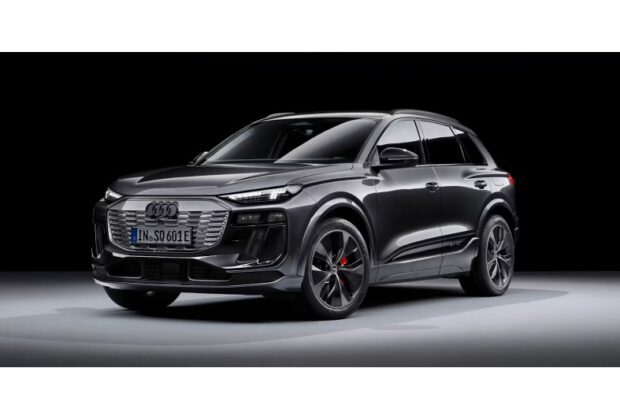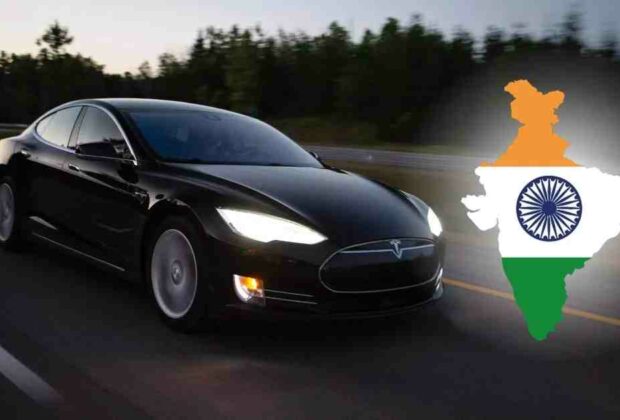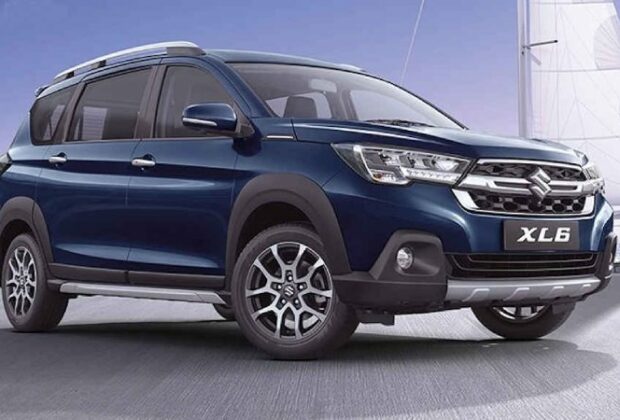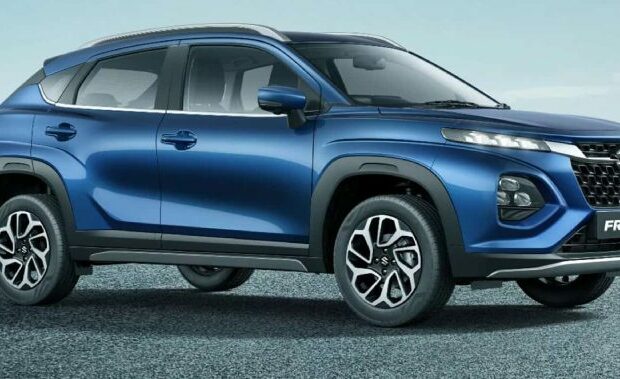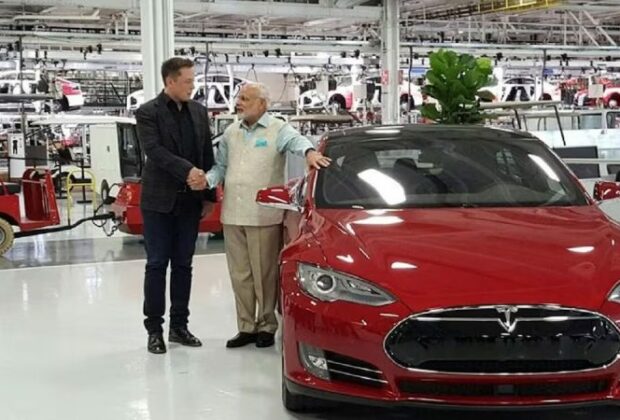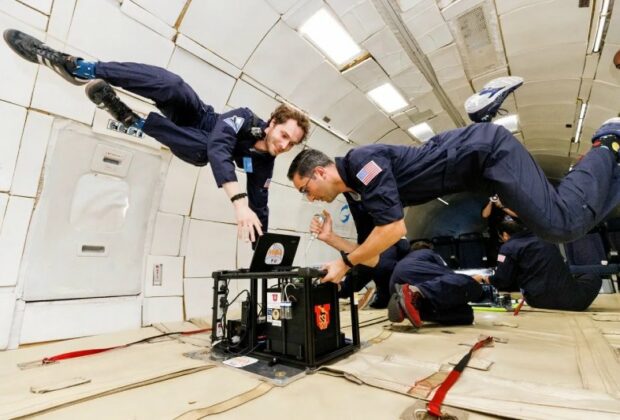With the goal of becoming a worldwide hub for electric automobiles in the near future, India has opened the door to international makers of electric vehicles wanting to establish facilities there. Within the next five years, domestic manufacturing will experience a boost because to the new EV policy that was presented last week, according to Prime Minister Narendra Modi. In comparison to markets like China, Europe, and the US, India’s electric car market, which accounts for about 2% of all vehicle sales, is still far smaller. India is projected to witness the launch of various international brands’ products, as foreign automakers are anticipated to form a line in the near future.
Mercedes-Benz, BMW, Audi, Porsche, Rolls-Royce, Jaguar Land Rover, and Volvo are among the luxury brands of foreign electric car manufacturers that are currently offering their products in India. India now offers electric vehicles (EVs) from the more mass market-oriented companies, including the French automaker Citroen, the British brand MG Motor, the UK-based EV startup Lotus, the Korean automakers Hyundai and Kia, and the largest EV manufacturer in the world, BYD, situated in China.
Tesla
One of the most anticipated international companies to arrive in India shortly is Tesla, an electric vehicle manufacturer located in the US. For over a year, there have been discussions over Tesla establishing a plant in the nation, with multiple states proposing land to the electric vehicle manufacturer. Leading international producer of electric vehicles, Tesla spearheaded the campaign against high import taxes on electric vehicles. Its efforts were rewarded when the Centre unveiled a new EV policy that grants international companies a reduced import tax provided they pledge to invest more than 4,000 crore and use components that were sourced locally for their models.
Prior to BYD taking the lead, Tesla was the market leader in the electric vehicle (EV) space globally. It sells well-known electric vehicles like as the Model Y, Model S, and Model 3. With its debut in India, Tesla may give BYD and the electric vehicle manufacturer yet another arena for competition outside of China.
VinEasy
VinFast, a Vietnamese electric vehicle (EV) company, is among the EV manufacturers who have confirmed their impending launch in India and have reiterated Tesla’s demand for reduced import duties. The EV manufacturer is now occupied with establishing its first production facility in Tamil Nadu, India. The planned VinFast EV complex, which occupies more than 400 acres, is expected to produce 1.50 lakh cars annually.
The EV manufacturer has submitted a design trademark application for its first car intended for the Indian market. When it launches, the small electric SUV, dubbed the VF3, is anticipated to compete with models like the MG Comet EV. With a length of just over three metres, VF3 is expected to have a range of about 200 km on a single charge.
Fisker
Fisker, an additional US-based electric vehicle firm, has long-term plans to make its Indian debut. The electric vehicle manufacturer had announced two years prior that Hyderabad, the Telangana state capital, will serve as its headquarters. The company’s chairman and CEO, Henrik Fisker, previously stated, “Our expansion into India represents both a strategic market opportunity and a significant boost to our global engineering capabilities.” Since then, though, nothing more has happened because the EV manufacturer has not yet disclosed its plans for Indian production.
Fisker currently offers its flagship electric SUV, the Ocean, in the US. When it launches in India, it is anticipated to be the model offered there as well. With just one charge, the electric SUV has a minimum range of 440 km. Highlights of the features include a 17-inch touchscreen infotainment system, 20-inch alloy wheels, ADAS technology, and a solar sunroof, among others.
The premium electric SUV Ocean from Fisker is available in the US; when it appears in India, it is anticipated to be the model offered there as well. The range of the electric SUV is at least 440 kilometres on a single charge. ADAS technology, a solar sunroof, 20-inch alloy wheels, a 17-inch touchscreen infotainment system, and other features are among the highlights of this model.
Lucid Motors
Another Tesla rival is this US-based manufacturer of luxury electric vehicles. Lucid Motors, a California-based company that is the origin of Tesla, just ventured into Saudi Arabian markets. Given that Tesla is one of the brands anticipated to gain from the new EV policy, it may also debut in India.
Lucid Motors launched their electric SUV line with the Gravity model. Lucid Gravity is more reasonably priced than the BMW iX1 and has a range of over 700 kilometres on a single charge. Thanks to its two battery pack options, which range in capacity from 92 kWh to 112 kWh, it can produce an impressive 800 horsepower.
Superior Wall-Motor
After the new EV regulation presents an opportunity for international competitors, the Chinese electric vehicle giant, which had previously stated its interest in launching in India, is probably going to reconsider its investment plans. One of the main draws of the 2020 Auto Expo was the Great Wall Motor (GWM), which postponed its launch in India for much too long. It had suggested a $1 billion investment, but the Centre had never given its approval.
Under the Haval brand, GWM sells big SUVs in China; some of these models were also on display at the four-year-old Auto Expo in India. The carmaker also has Ora, a specialist EV wing. It now has three variants available for the Chinese market.
Read Full Article

